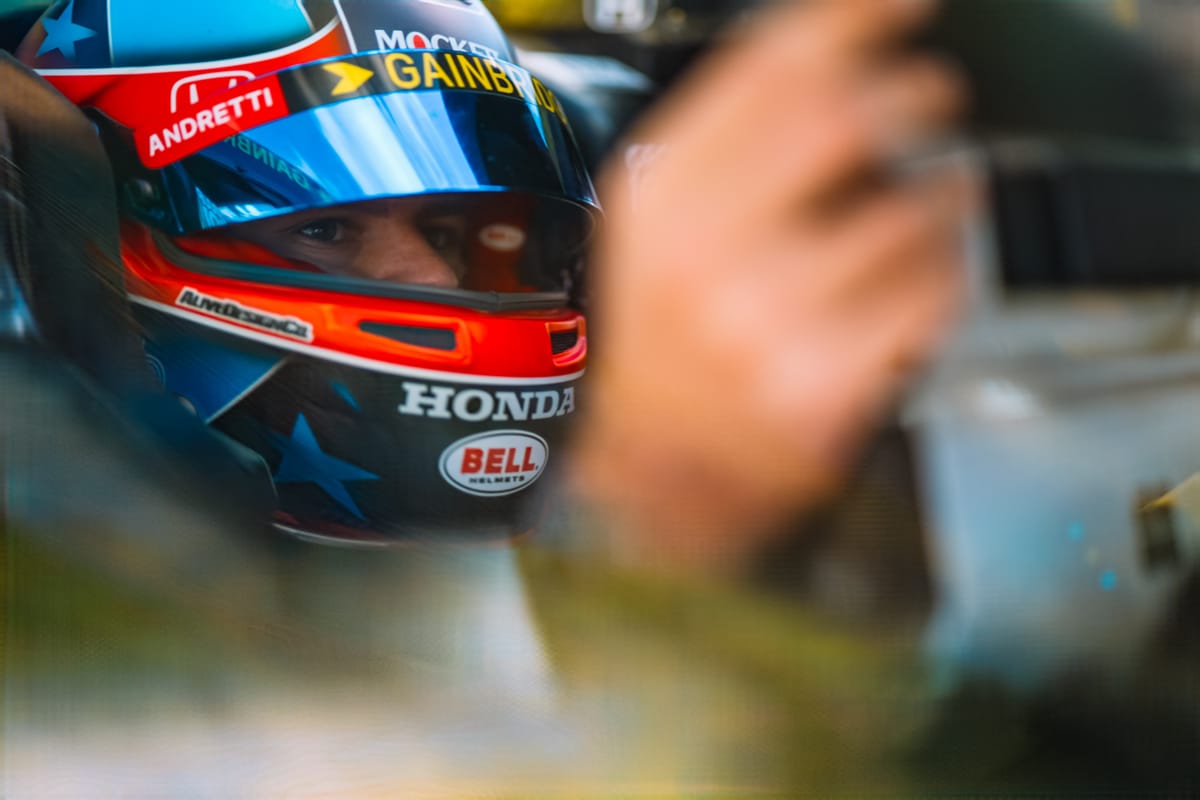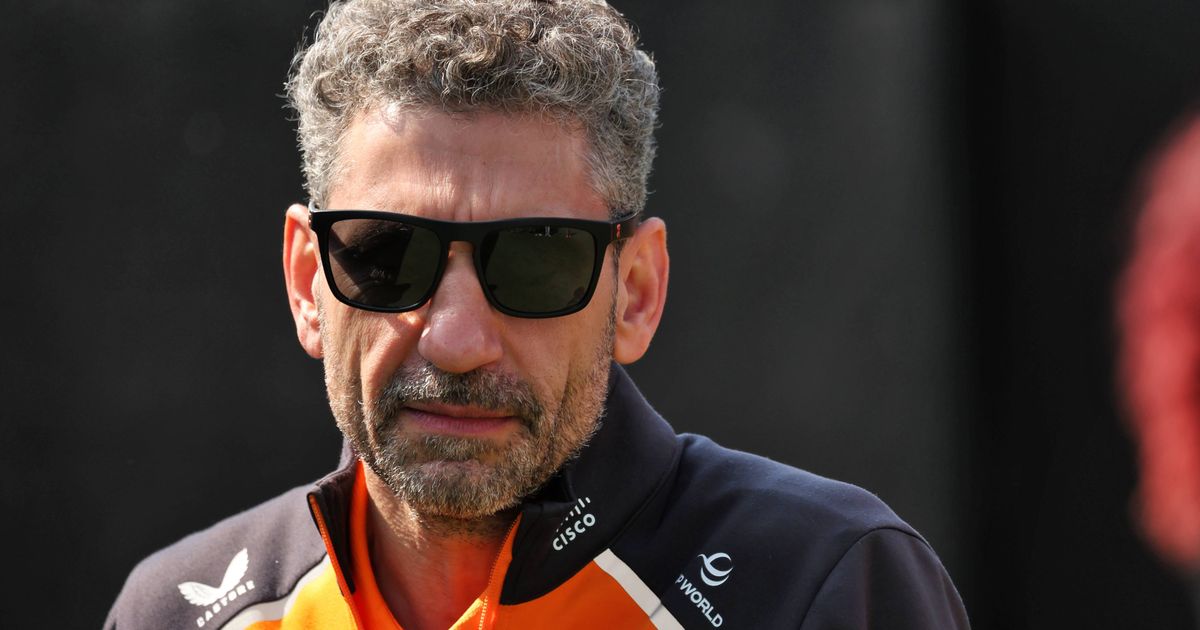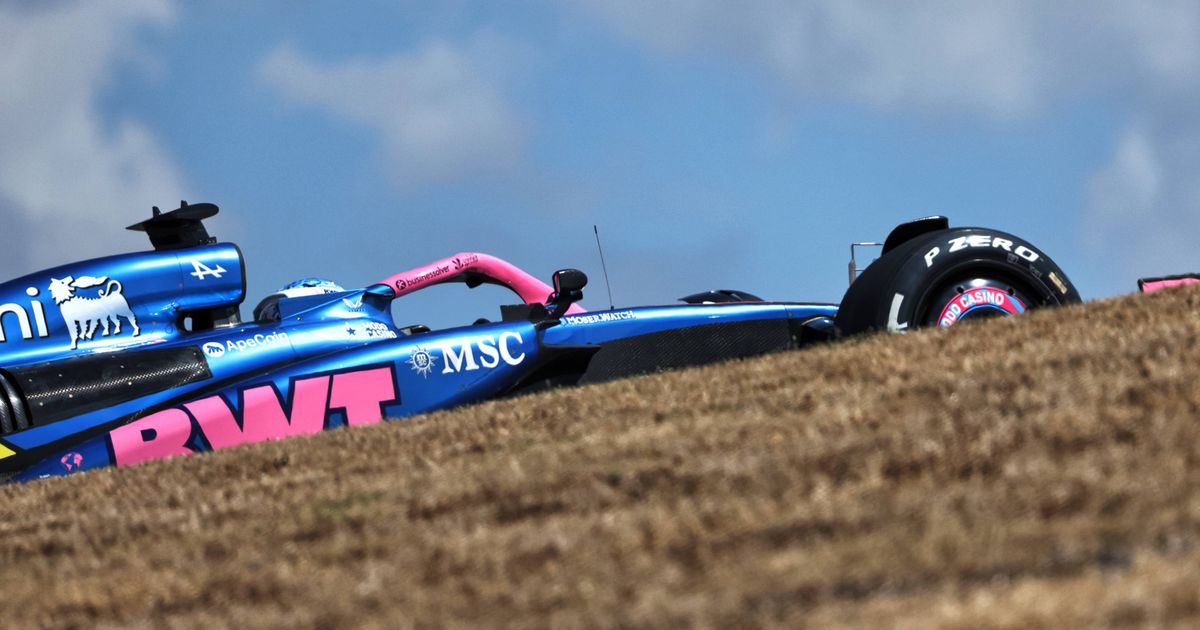
Colton Herta's F2 Move Addresses US Driver Gap in F1
Summary
Colton Herta's move to F2 with the Hitech team is seen as a crucial step for an American driver to break into Formula 1, according to pundit James Hinchcliffe. This strategic switch, bolstered by his role as a Cadillac test driver, aims to immerse Herta in the European racing scene, address superlicence requirements, and overcome historical financial and logistical barriers that have long prevented North American talents from reaching F1.
Formula 1 pundit James Hinchcliffe believes Colton Herta's strategic move to F2 is the precise step needed for an American driver to overcome the historical barriers preventing them from reaching Grand Prix racing. Herta, an accomplished IndyCar race-winner, is pursuing an F1 future, a path that includes a test driver role with Cadillac and, crucially, a switch to F2 next season.
Why it matters:
- The United States, despite its growing F1 popularity, has struggled to consistently produce F1 drivers due to a lack of presence in European junior categories.
- Herta's move is a significant departure from the traditional IndyCar career path for American talent, directly addressing the financial and logistical hurdles that have historically sidelined aspiring F1 drivers from North America.
The details:
- F2 Commitment: Colton Herta has signed with the Hitech team for the upcoming F2 season, a critical step to accrue more superlicence points and embed himself in the European racing scene.
- Cadillac Connection: Herta's F2 move is intertwined with his role as a test driver for Cadillac, a brand with F1 ambitions, allowing him to work closely with the squad year-round.
- Hinchcliffe's Insight: James Hinchcliffe, a former IndyCar racer and F1 TV expert, raced alongside Herta at Andretti. He highlights the historical financial burden for North American drivers to relocate to Europe for junior formula racing.
- Financial Barriers: Hinchcliffe argues that the expense of living in Europe, coupled with schooling considerations for young drivers, made it prohibitively difficult for most North American talents to climb the F1 ladder.
- "The only drivers from North America that really had the opportunity to even be noticed on the ladder system to F1 needed more money than the average," Hinchcliffe stated.
- Wealthy Backgrounds: Historically, North American drivers who reached F1, such as Lance Stroll, Nicholas Latifi, and Logan Sargeant, often came from affluent backgrounds, enabling them to move to Europe at a young age.
Between the lines:
- Herta's decision to temporarily step away from a successful IndyCar career, where he's a consistent race-winner, to race in F2 demonstrates a unique and resolute commitment to F1.
- This move is not just about on-track results but about immersing himself in the European racing culture, learning the tracks and tires, and proving his capabilities within the F1 ecosystem.
- Herta's opportunity arose from his connection with Dan Towriss, who owns both Andretti's IndyCar team and the Cadillac F1 team, providing him with a unique pathway.
What's next:
- Herta will face the challenge of competing against younger European talents more familiar with F2 cars, tires, and tracks. His performance will be closely watched as a gauge of his F1 readiness.
- If successful, Herta's F2 stint could set a new precedent, demonstrating a viable, albeit unconventional, route for American drivers to make it to F1 without solely relying on immense personal wealth.
Original Article :https://www.the-race.com/formula-1/the-us-driver-problem-hertas-f2-move-should-f...








